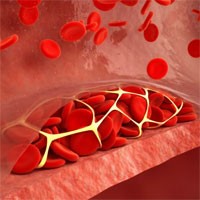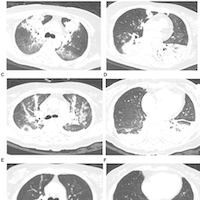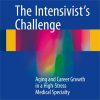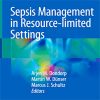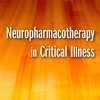Prophylaxis and Treatment of Venous Thromboembolic Disease in COVID-19
acc.org
Patients with COVID-19 appear to be at elevated risk for thrombotic complications, including venous thromboembolism (VTE).1 In addition to traditional risk factors for VTE, indirect effects of the severity of illness as well as direct effects of SARS-CoV2 infection contribute to heightened risk.
For example, patients with critical illness as a result of COVID-19 are at risk for VTE given prolonged immobility and frequent intravascular access devices promoting venous stasis.
In addition, the profound inflammatory response and cytokine storm associated with severe COVID-19 can predispose patients to thromboembolic complications. Viral infection triggers the production of inflammatory cytokines that activate coagulation factors and perpetuate consumptive coagulopathy.
Patients with severe COVID-19 manifest high levels of inflammatory markers such as C-reactive protein and interleukin-6.
In addition, retrospective analyses of patients with severe COVID-19 in a single center have shown that non-survivors demonstrate higher D-dimer levels and fibrin-degradation products (FDP) compared with survivors, with a high prevalence of disseminated intravascular coagulation (DIC) in non-survivors (71.4%).



